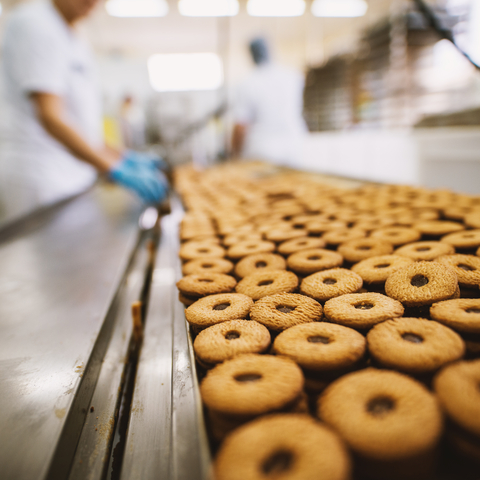Difference Between Lab & Database Nutrition Analysis
The reason that ReciPal exists is because I had to make this very decision myself and started researching the options for getting a nutritional analysis for my company, SlantShack Jerky.
My first thought was that you need to send your product to a lab so they can analyze your product, which was not cheap by any means ($800+, depending on the lab). I also found a website that offered a "database analysis", but this was also about $200 per unique product, which didn't seem much better. At this point, I at least knew that there were options, which I'll explain, compare, and contrast so you don't have to reinvent the wheel.
The FDA Allows Both Analysis Methods
According to the FDA, both lab and database analysis methods are acceptable for creating a nutrition fact label. At the end of the day, your label is required to be within the tolerance levels provided by the FDA for each nutrient, so you can use whatever method will get you there. We'll approach this from the database nutrition analysis point of view, since that is what we focus on at ReciPal.
Database Analysis Pros
- Significantly cheaper (or free), especially if you use ReciPal. Other database services can be as expensive as lab analysis. Lab analysis usually costs more than $800 per product. Fortunately if you use ReciPal's lab service our partner lab provides a discount.
- Can be more accurate in the long run. A lab analysis will typically only be performed once, so it only analyzes the one production run you sent. Meanwhile ingredient nutritional content may vary across seasons and your cooking process may change over time.
- No need to send away your product to a lab.
- Can be completed within minutes or hours as opposed to days or weeks for lab analysis.
- Very quick and simple to account for recipe or process changes, whereas a new lab analysis would have to be performed each time a change is made.
- If you are handy with Excel, you can even do the database analysis yourself using the USDA database.
Database Analysis Cons
- Database analysis may be unreliable if an exotic ingredient is used and there is no nutrient data available from your supplier.
- Database analysis may be unreliable if the recipe or an ingredient undergoes heavy processing, which may alter the nutrient contents in an unpredictable manner. One example is fried foods, where it is difficult to measure oil absorption and changes to the ingredient being fried.
- Ingredient data might have to be dug up from your suppliers in case it is not already in the database.
- Ingredients have to be carefully weighed before and after cooking to determine accurate measurements, particularly with recipes that involve marinades that aren't fully absorbed or similar processes.
Key Takeaways
Database analysis is a great option to explore if you need a nutrition fact analysis for your label. In fact the FDA encourages database analysis as a low cost alternative to sending your product away to a lab. However, if nutrient data is not available for some of your ingredients or if your food undergoes heavy processing, it may be more appropriate to do a laboratory analysis.






